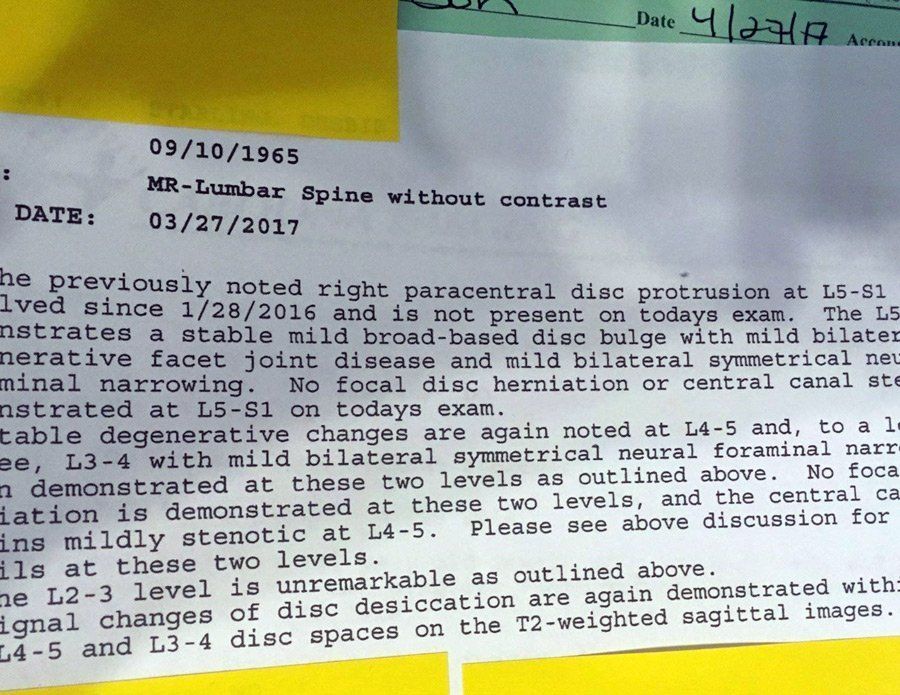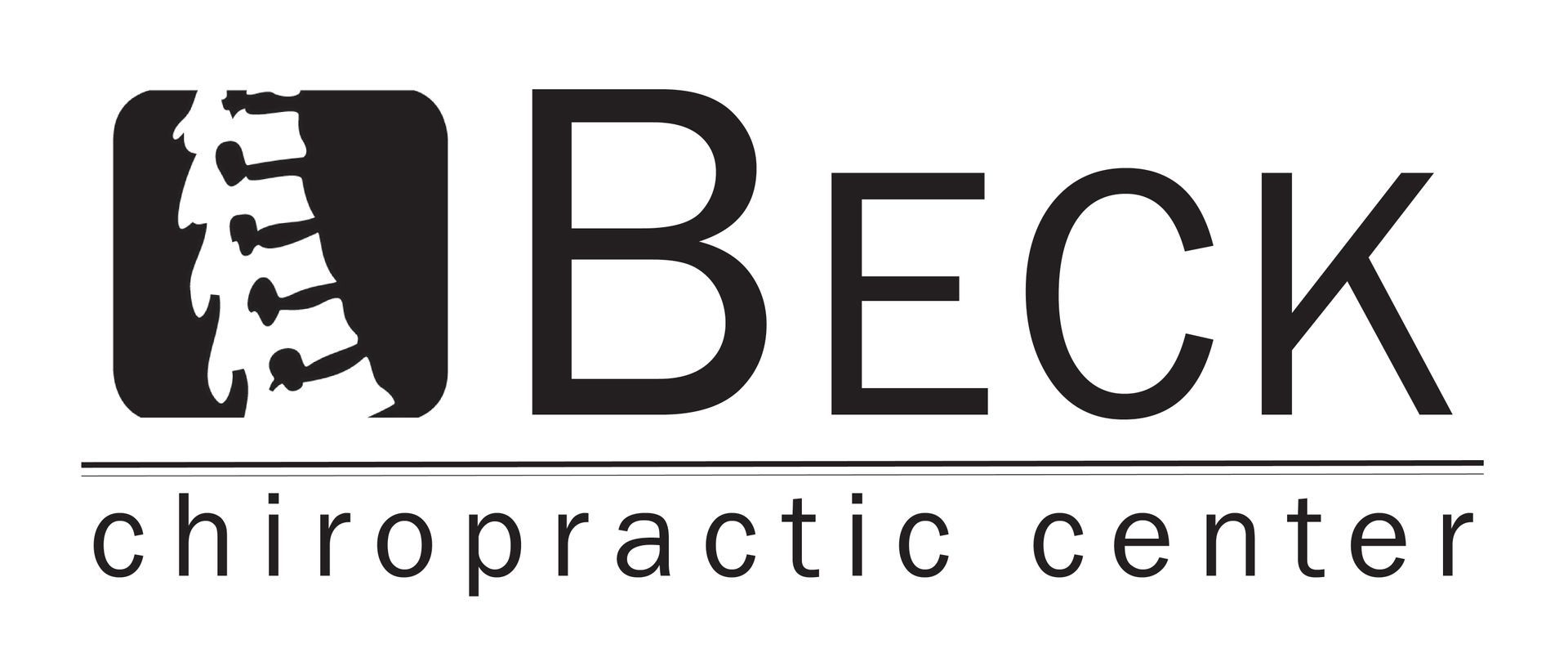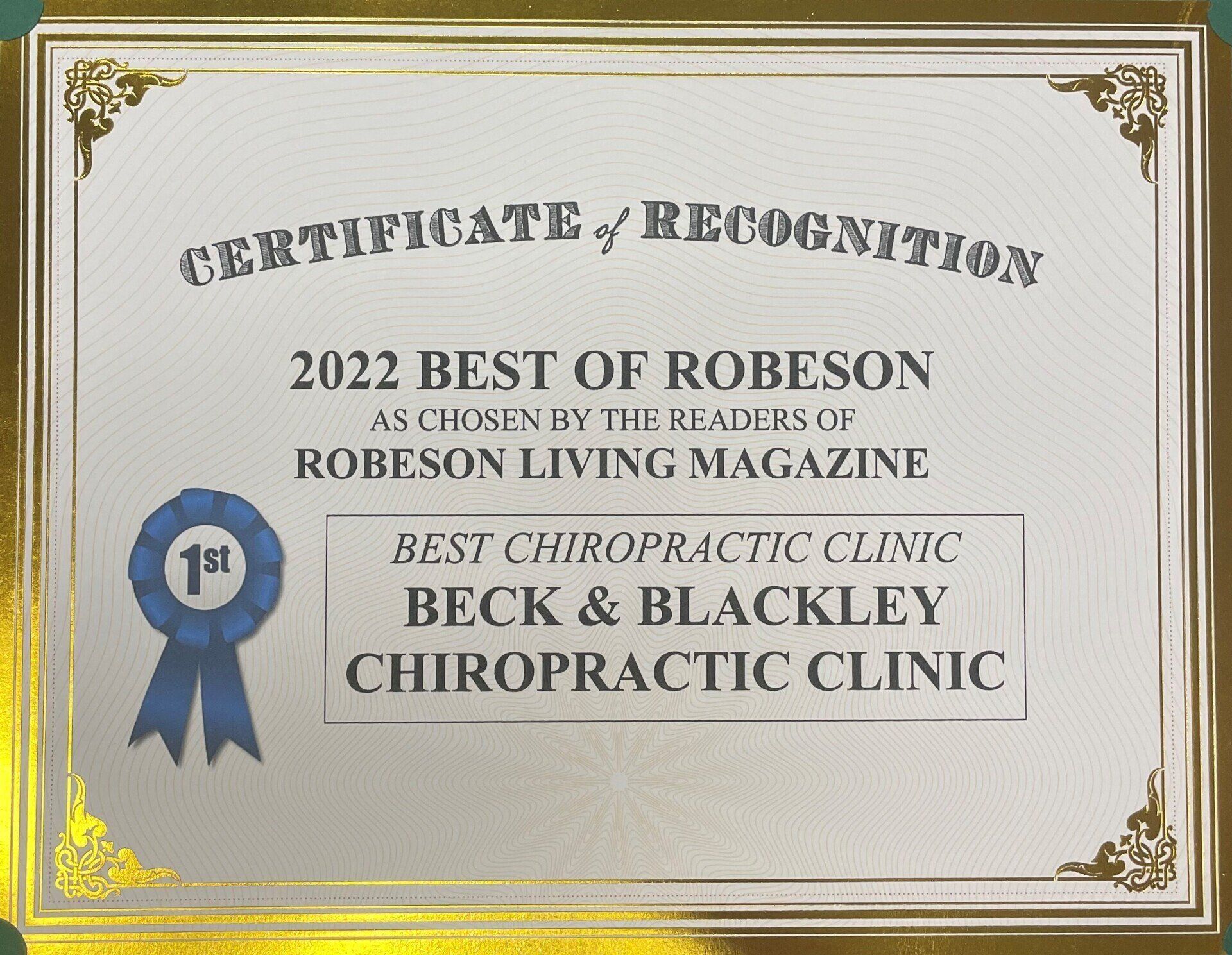
Chiropractic Research
Numerous studies have shown that chiropractic treatment is both safe and effective. The following are excerpts from a few of the more recent studies. By examining the research supporting chiropractic care, you will find that chiropractic offers tremendous potential in meeting today’s health care challenges. Read the following studies to learn more about the benefits of chiropractic care.

Chiropractic Is More Cost-Effective
There would be highly significant cost savings if more management of low-back pain was transferred to chiropractors.
– Ontario Ministry of Health: Magna Study
A review of 96,627 NC workers' compensation musculoskeletal claims revealed lower treatment costs, less lost work days, and lower compensation payments for patients treated by chiropractors. The average cost of care for patients treated by medical doctors was $3,519, whereas, the average treatment cost for chiropractic patients was $663. This was confirmed by an independent study by the Workers' Compensation Research Institute.
– Journal of Manipulative and Physiological Therapeutics, 2004
Cost Effectiveness
Low-back pain initiated with a doctor of chiropractic (DC) saves 40 percent on health care costs when compared with care initiated through a medical doctor (MD), according to a study that analyzed data from 85,000 Blue Cross Blue Shield (BCBS) beneficiaries in Tennessee over a two-year span. The study population had open access to MDs and DCs through self-referral, and there were no limits applied to the number of MD/DC visits allowed and no differences in co-pays. Researchers estimated that allowing DC-initiated episodes of care would have led to an annual cost savings of $2.3 million for BCBS of Tennessee. They also concluded that insurance companies that restrict access to chiropractic care for low-back pain treatment may inadvertently pay more for care than they would if they removed such restrictions.
– Liliedahl et al (2010), Journal of Manipulative and Physiological Therapeutics
Chiropractic care appeared relatively cost-effective for the treatment of chronic low-back pain. Chiropractic and medical care performed comparably for acute patients. Practice-based clinical outcomes were consistent with systematic reviews of spinal manipulative efficacy: manipulation-based therapy is at least as good as and, in some cases, better than other therapeusis.
– Haas et al (2005), Journal of Manipulative and Physiological Therapeutics
Chiropractic Is Supported By Science
Then compared to many other studies of similar design that have evaluated the extent of which different specialties are evidence-based, chiropractic was found to have the highest proportion of care (68.3%) supported by good quality experimental evidence.
– Journal of Manipulative and Physiological Therapeutics, 2003
In Comparison to Other Treatment Alternatives
Acute and chronic chiropractic patients experienced better outcomes in pain, functional disability, and patient satisfaction; clinically important differences in pain and disability improvement were found for chronic patients.
– Haas et al (2005), Journal of Manipulative and Physiological Therapeutics
In our randomized, controlled trial, we compared the effectiveness of manual therapy, physical therapy, and continued care by a general practitioner in patients with nonspecific neck pain. The success rate at seven weeks was twice as high for the manual therapy group (68.3 percent) as for the continued care group (general practitioner). Manual therapy scored better than physical therapy on all outcome measures. Patients receiving manual therapy had fewer absences from work than patients receiving physical therapy or continued care, and manual therapy and physical therapy each resulted in statistically significant less analgesic use than continued care.
– Hoving et al (2002), Annals of Internal Medicine
For Acute and Chronic Pain
Patients with chronic low-back pain treated by chiropractors showed greater improvement and satisfaction at one month than patients treated by family physicians. Satisfaction scores were higher for chiropractic patients. A higher proportion of chiropractic patients (56 percent vs. 13 percent) reported that their low-back pain was better or much better, whereas nearly one-third of medical patients reported their low-back pain was worse or much worse.
– Nyiendo et al (2000), Journal of Manipulative and Physiological Therapeutics
In a Randomized controlled trial, 183 patients with neck pain were randomly allocated to manual therapy (spinal mobilization), physiotherapy (mainly exercise) or general practitioner care (counseling, education and drugs) in a 52-week study. The clinical outcomes measures showed that manual therapy resulted in faster recovery than physiotherapy and general practitioner care. Moreover, total costs of the manual therapy-treated patients were about one-third of the costs of physiotherapy or general practitioner care.
-- Korthals-de Bos et al (2003), British Medical Journal
For Headaches
Cervical spine manipulation was associated with significant improvement in headache outcomes in trials involving patients with neck pain and/or neck dysfunction and headache.
– Duke Evidence Report, McCrory, Penzlen, Hasselblad, Gray (2001)
The results of this study show that spinal manipulative therapy is an effective treatment for tension headaches. . . Four weeks after cessation of treatment . . . the patients who received spinal manipulative therapy experienced a sustained therapeutic benefit in all major outcomes in contrast to the patients that received amitriptyline therapy, who reverted to baseline values.
– Journal of Manipulative and Physiological Therapeutics, Boline et al. (1995)
Chiropractic Patients Are More Than Satisfied
Satisfaction was greater for patients who utilized chiropractic when compared with patients seeing traditional allopathic care. Recurrence and care seeking after acute back pain: results of a long-term follow-up study.
– North Carolina Back Pain Project
Patient Satisfaction
Chiropractic patients were found to be more satisfied with their back care providers after four weeks of treatment than were medical patients. Results from observational studies suggested that back pain patients are more satisfied with chiropractic care than with medical care. Additionally, studies conclude that patients are more satisfied with chiropractic care than they were with physical therapy after six weeks.
– Hertzman-Miller et al (2002), American Journal of Public Health
Popularity of Chiropractic
Chiropractic is the largest, most regulated, and best recognized of the complementary and alternative medicine (CAM) professions. CAM patient surveys show that chiropractors are used more often than any other alternative provider group and patient satisfaction with chiropractic care is very high. There is steadily increasing patient use of chiropractic in the United States, which has tripled in the past two decades.
– Meeker, Haldeman (2002), Annals of Internal Medicine

Chiropractic Reduces Cost Of Healthcare
An analysis of studies done on back pain patients with chiropractic coverage vs. those without chiropractic coverage found that plans with chiropractic coverage produced:
41% Reduction in hospitalizations
12% Reduction in health plan costs
23% Reduction in use of X-rays
32% Reduction in back surgeries
37% Reduction in MRI scans
– Archives of Internal Medicine, 2004
Medical Doctors Prefer Chiropractic Care For Their Patients
I view chiropractic care as an essential component of our healthcare system. While conventional medicine does a good job of screening for the early detection of disease, I believe that the regular use of chiropractic actually prevents early stages of disease from evolving into crisis disease care management. I have referred many patients to chiropractic care and they have benefited from this wellness approach to maintaining health. I have avoided long-term pharmaceutical usage and/or acute surgery by using chiropractic as a non-pharmaceutical, non-surgical alternative. Remember, pharmaceutical and/or surgery should be utilized as a last resort - only when more natural, less invasive modalities are unavailable or ineffective.
– Richard Sarnat, M.D., President of AMI (Alternative Medicine Integration)
In Comparison to Other Treatment Alternatives
Acute and chronic chiropractic patients experienced better outcomes in pain, functional disability, and patient satisfaction; clinically important differences in pain and disability improvement were found for chronic patients.
– Haas et al (2005), Journal of Manipulative and Physiological Therapeutics
In our randomized, controlled trial, we compared the effectiveness of manual therapy, physical therapy, and continued care by a general practitioner in patients with nonspecific neck pain. The success rate at seven weeks was twice as high for the manual therapy group (68.3 percent) as for the continued care group (general practitioner). Manual therapy scored better than physical therapy on all outcome measures. Patients receiving manual therapy had fewer absences from work than patients receiving physical therapy or continued care, and manual therapy and physical therapy each resulted in statistically significant less analgesic use than continued care.
– Hoving et al (2002), Annals of Internal Medicine
50% Of All Health Plans Will Become Consumer Driven And....
Wellness-Based in the Next 5 Years
As the insurance industry transitions to consumer choice products, chiropractic is a natural fit. "Health is a state of optimal well-being: wellness is how you get there. Chiropractors engage their patients in a health partnership that also contributes to the success of their care...In the wellness model, this partnership includes the doctor engaging the patient in making the active lifestyle modifications to promote healing and enhance health."
– The Chiropractic Theories, A Textbook of Scientific Research, Fourth Edition, Robert A Leach DC


